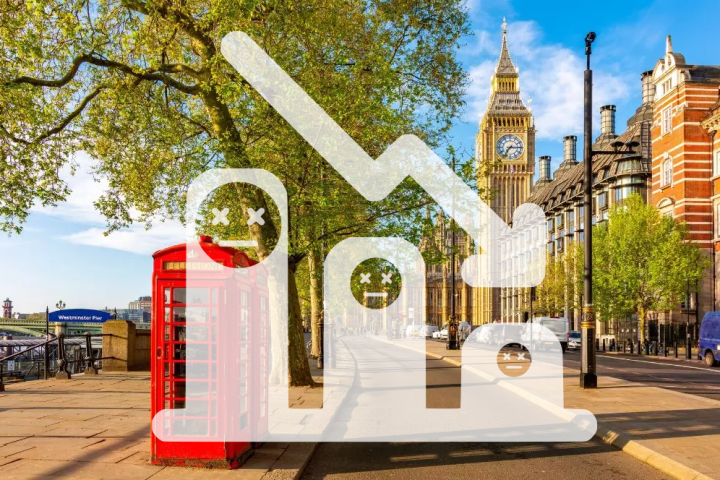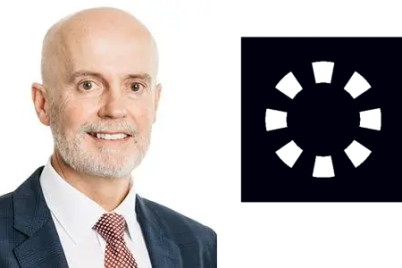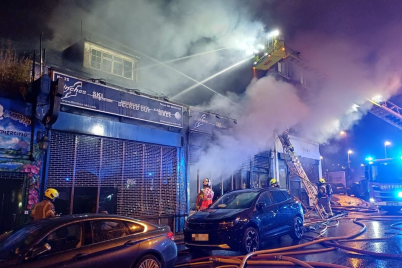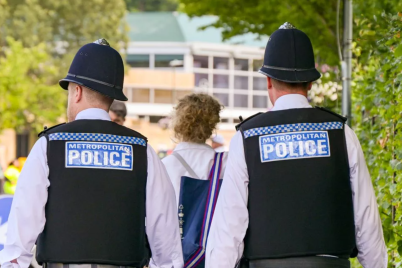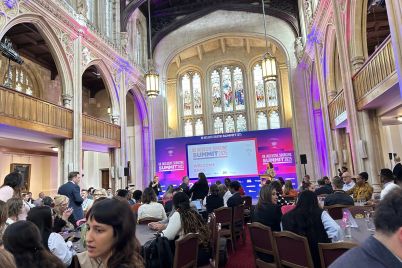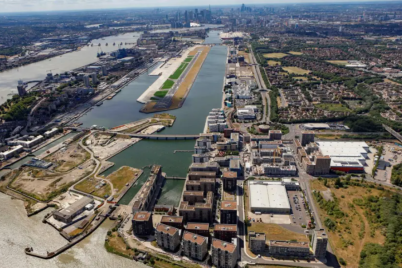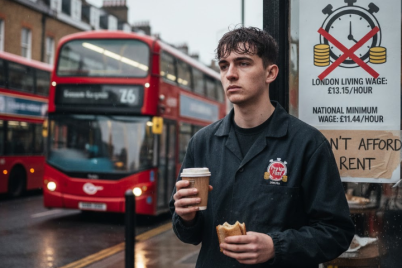London has recorded its lowest number of homicides since monthly records began more than two decades ago, marking a significant milestone in the capital’s long fight against violent crime.
Between January and September 2025, there were 70 homicides across London — a 16% drop compared to the same period last year and nearly 60% lower than in 2003, according to data from the Mayor’s Office for Policing and Crime (MOPAC).
The figures suggest London’s homicide rate is now lower than in major European cities such as Paris, Berlin, Brussels, and Madrid. Knife crime has also fallen, with 1,154 fewer recorded offences in the 12 months to August 2025 — a seven percent decline. Hospital admissions for under-25s injured in knife assaults are down by ten percent over the same period.
Mayor Sadiq Khan welcomed the progress but said there was still more to do. “There are some politicians and commentators who continue to talk our great city down,” he said. “But the facts tell a very different story. The number of homicides in London in the first nine months of 2025 was lower than in any year since monthly records began. That’s thanks to record investment in the Met, intelligence-led policing, and the prevention work of our Violence Reduction Unit.”
London’s Violence Reduction Unit (VRU), established in 2019 as England’s first of its kind, has played a central role in tackling the root causes of violent crime. The VRU focuses on early intervention, supporting youth mentoring, after-school programmes, and access to youth clubs in communities where young people are most at risk. So far, more than 450,000 young Londoners have taken part in diversionary activities backed by the unit.
According to City Hall, youth workers placed in police custody suites have helped ensure that almost 80% of young people detained do not go on to reoffend within a year. The Mayor said these results show prevention, not just punishment, is key to long-term safety.
At the same time, record funding for the Metropolitan Police has enabled a more targeted approach to enforcement. The Mayor’s office said police funding has more than doubled compared to the previous administration, allowing for increased patrols, hotspot operations, and the creation of new town centre policing teams. The West End alone has seen a 50% boost in officers on the beat.
The results appear to be spreading beyond homicide figures. In the first quarter of the 2025–26 financial year, residential burglary fell by ten percent, theft from the person by thirteen percent, and personal robbery by thirteen percent compared to the previous year. These reductions coincide with a 5-percentage-point drop in proven reoffending rates since Sadiq Khan took office — a figure now four points lower than the national average.
Deputy Assistant Commissioner Matt Ward of the Metropolitan Police credited the improvements to coordinated policing and community partnerships. “Thanks to the work of our dedicated officers and staff, we’re bearing down on violence and seeing a sustained reduction in homicide,” he said. “We’re dismantling organised crime groups and working with partners to steer people away from criminality. But we know every life lost is one too many.”
Lib Peck, Director of London’s Violence Reduction Unit, said the focus on prevention was beginning to pay off. “Prevention is at the heart of our approach and is playing an important role in the progress made,” she said. “We must double down on what works — investing in young people, tackling school exclusions, and expanding youth work. That’s how we keep driving these numbers down.”
Despite the progress, City Hall insists the fight against violence is far from over. The Mayor reaffirmed his commitment to making London a safer city through continued investment, collaboration, and community-led prevention. “We’re making good progress,” he said, “but there will be no let-up in our mission to reduce serious violence and protect more Londoners.”

